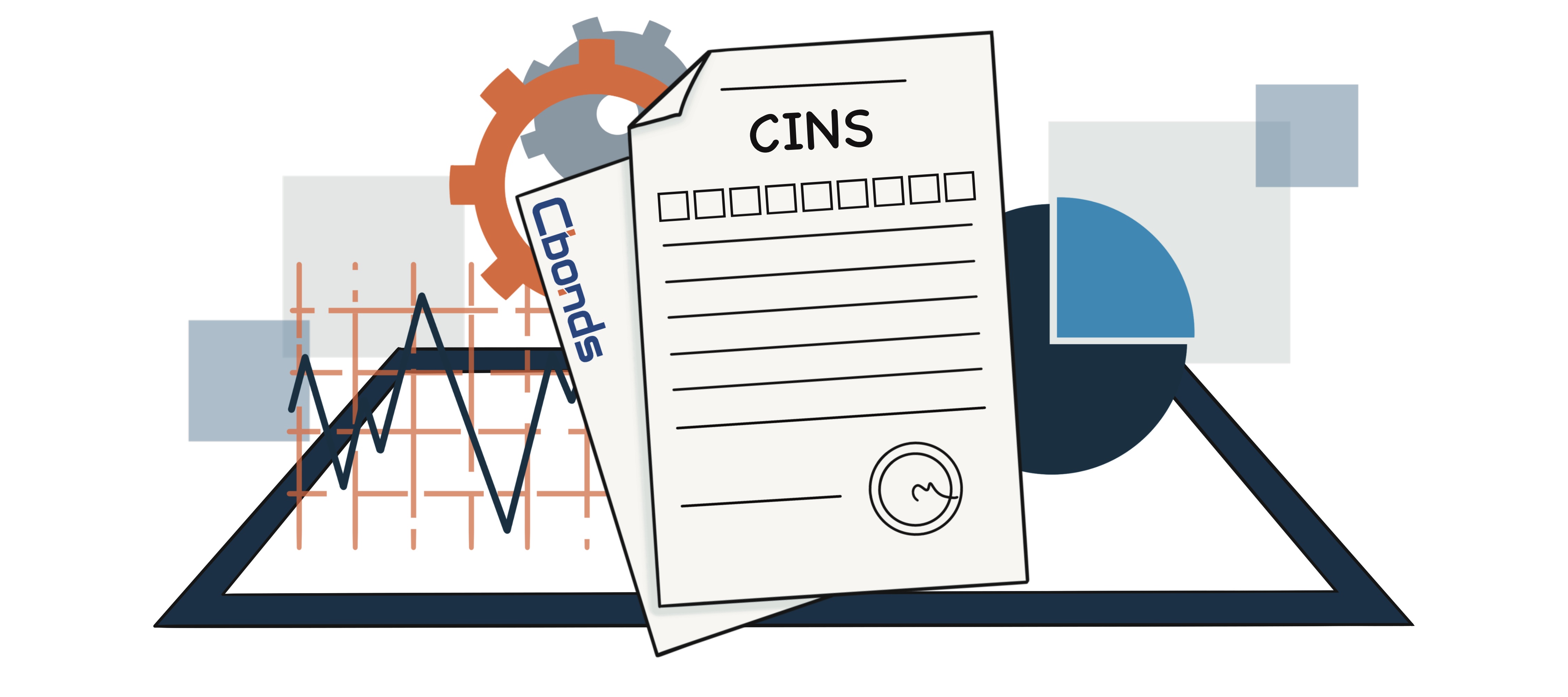By
Konstantin Vasilev Member of the Board of Directors of Cbonds, Ph.D. in Economics
Updated December 16, 2023
What is a CINS Number?
A CINS number, part of the CUSIP International Numbering System, serves as the international extension of the CUSIP numbering system. Originating from the American Bankers Association, CUSIP numbers uniquely identify securities issued in the United States and Canada, each comprising nine alphanumeric characters. In the realm of international securities, encompassing both corporate and municipal offerings, a CINS number becomes the key identifier. "CINS" itself stands for CUSIP International Numbering System, providing a standardized approach to identifying securities beyond the geographical confines of the United States and Canada.
CINS Number Explained
The CINS Number, developed in the 1980s, stands as an integral component of extending the reach of the CUSIP system to encompass international securities. This innovative system currently catalogues entries for around 1.3 million diverse securities worldwide.
In alignment with its domestic counterpart, CUSIP, a CINS number is a nine-character alphanumeric code. Uniqueness is maintained through the assignment of a distinctive six-digit identifier to each issuer. The subsequent two characters play a crucial role in pinpointing the specific security issue. To enhance accuracy, the final character acts as a check digit, ensuring the correct reception or entry of the initial eight digits. A distinctive aspect of the CINS system is the incorporation of a letter as the first character, denoting the domicile country of the issuer. This feature adds an extra layer of information, contributing to the comprehensive identification of international securities within the CINS framework.

Importance of CINS Number
The importance of the CINS Number lies in its role as a vital identifier within the global financial landscape, particularly in North America. Comparable in purpose to the International Securities Identification Number (ISIN), the CINS system, alongside the CUSIP, distinguishes itself in its regional application.
In contrast to the widespread adoption of ISINs in many countries, the North American-based system, utilizing CINS and CUSIP, sets itself apart. Historical discrepancies between the European Commission and Standard & Poor’s highlighted challenges in obtaining ISIN identifiers for U.S. securities, emphasizing the distinct operational frameworks.
CINS numbers, along with their counterparts, play a crucial role in securities transactions and related activities, enabling financial institutions to report transactions accurately to regulatory authorities. It is noteworthy that these codes are not interchangeable across different systems, necessitating the use of CINS numbers in conjunction with CUSIP and ISINs with their respective systems. Each security thus possesses a unique identifier for both the CUSIP and ISIN systems, ensuring accurate and standardized reporting.
An illustrative instance occurred in 2009 when the European Commission raised concerns about the licensing fees imposed by Standard & Poor’s on European financial firms seeking access to U.S. ISINs. While other providers offered such identifying numbers at minimal or no cost, the European Commission contended that the fees imposed by Standard & Poor’s were disproportionate. This underscores the importance of having a streamlined and cost-effective system, like CINS, in place for the seamless functioning of international securities transactions and financial reporting.
Structure of CINS Number
-
First Character. The first character in a CINS Number serves as a key element, uniquely identifying the territory of the issuer. Governed by the rules-based engine of the CGS, it follows a specific designation protocol. For instance, in the case of "G," it designates the United Kingdom.
-
Next 5 Characters. These characters, in conjunction with the Country Code, play a crucial role in uniquely identifying the issuer. For example, when combined, they effectively pinpoint entities like "Abingdon."
-
Next 2 Characters. This segment serves to identify the type of instrument and uniquely distinguishes issues within the issuer. It contributes to a granular understanding of the security in question.
-
Final Character. The last character in a CINS Number is derived through a mathematical formula. This character acts as a check digit, ensuring the accuracy of the preceding 8 characters. It serves as a safeguard mechanism to verify the integrity of the entire CINS code.
CINS vs. CUSIP
The primary difference between CINS and CUSIP lies in their structure and the additional information encoded in the identifier.
Both CINS and CUSIP utilize a nine-character identifier. However, CINS introduces an extra layer of information by incorporating a letter in the first position. This letter specifically signifies the issuer’s country or geographic region. This addition enhances the international applicability of CINS, allowing for a more nuanced identification of the issuer’s origin.
In contrast, CUSIP, which stands for "Committee on Uniform Securities Identification Procedures," doesn’t include a country or region identifier in its structure. It serves as a unique alphanumeric code solely focused on identifying securities issued in the United States and Canada.
Therefore, while both CINS and CUSIP share a common length for their identifiers, the inclusion of a country or region code in CINS makes it particularly suitable for international securities identification, setting it apart from the more regionally-focused CUSIP system.
Example
For example, let’s consider S08000AA4 CINS code. In this instance:
-
The first character "S" signifies South Africa as the territory or geographic region of the issuer.
-
The next 5 characters "08000" are a unique identifier for the issuer.
-
The following 2 characters "AA" denote the rating of the bond.
-
The final character "4" acts as the checksum digit, ensuring the accuracy of the preceding 8 characters.
So, the CINS code "S08000AA4" represents a security from South Africa with a specific issuer, bond rating, and a built-in mechanism for data integrity verification.
Bond Screener
Watchlist
Excel Add-in
API












